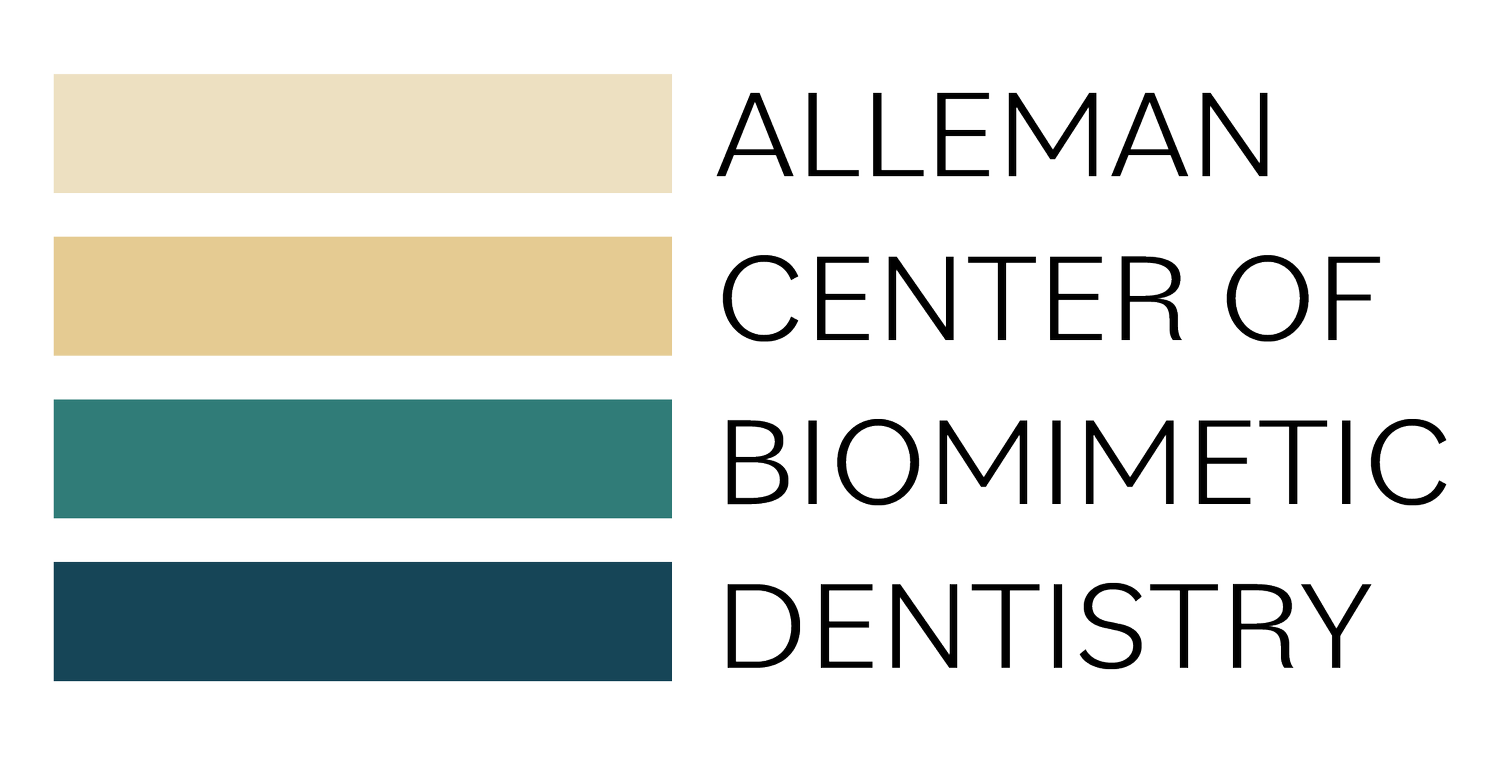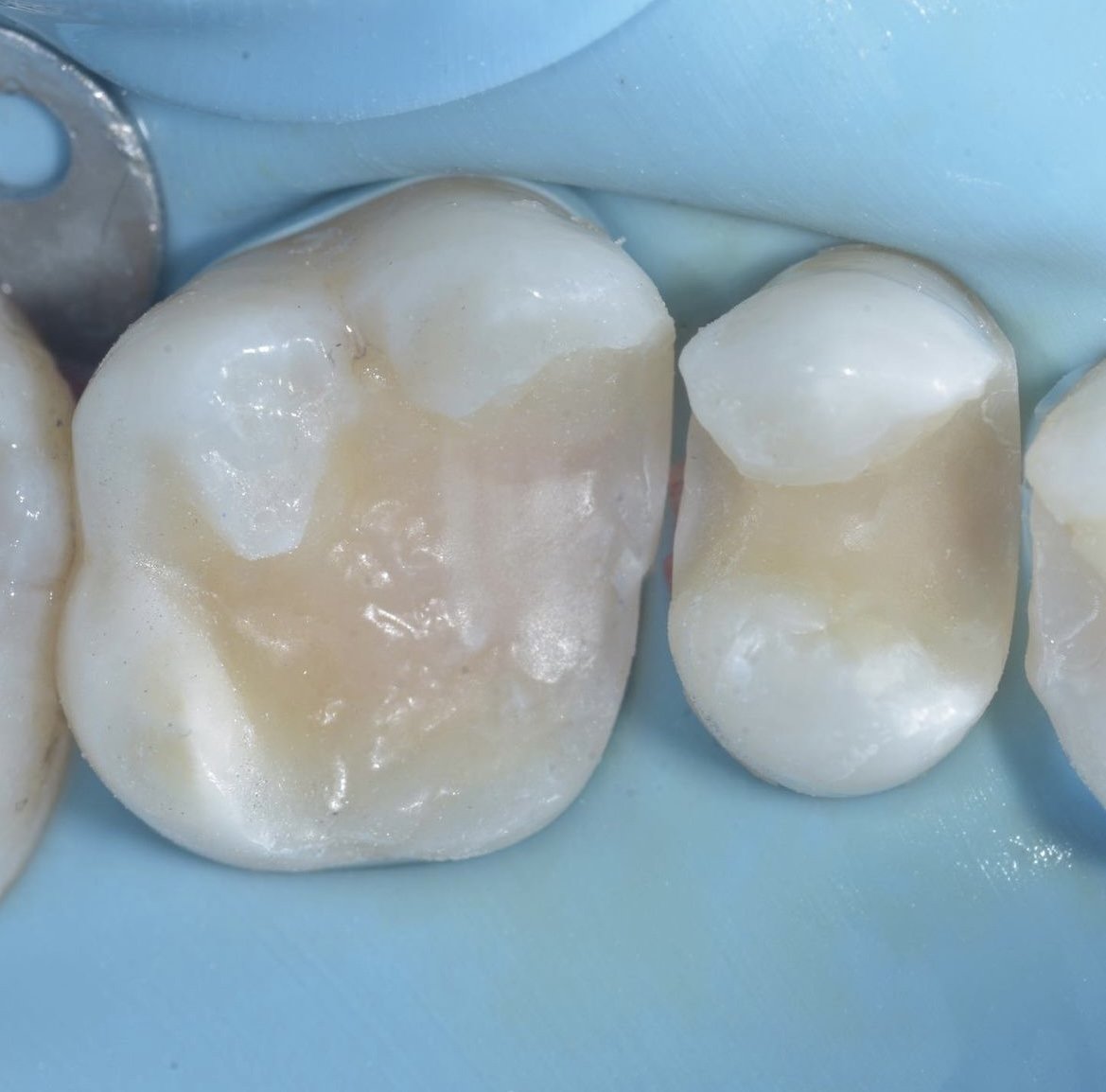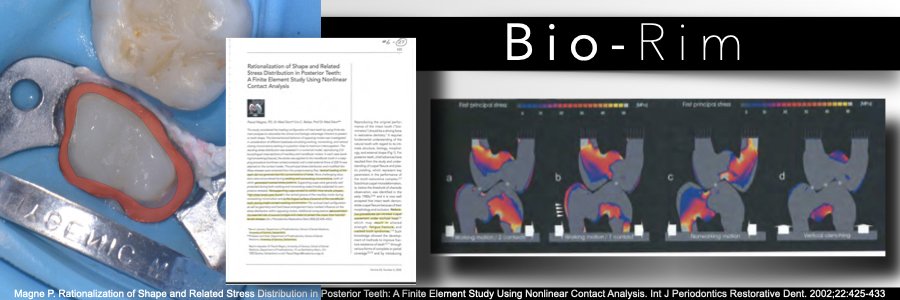What is Conservative Dentistry?
Have you ever cut a tooth down for a crown and felt that removing that much tooth structure is wrong? You’re not alone. Many dentists (and patients) are looking to conservative dental practices with the goal of preserving their healthy tooth structure. But when doctors are faced with delaminations and sensitive restorations, it can be difficult to move away from retention form.
This case with a deep cavity shows decay near the pulp under an old amalgam. Using the conservative principles of biomimetic restorative dentistry, more tooth structure is saved and the pulp’s vitality is protected. Case by Dr. Davey Alleman, DMD.
What is conservative dentistry?
Conservative dentistry focuses on conserving healthy, essential tooth structure. Rather than the cookie cutter approach to traditional filling and crown preparations, a conservative approach is more individualized to a patient’s pathologies and symptoms. With these new techniques, treating deep cavities becomes more predictable and crown alternatives are available for cracked teeth. Biomimetic dentistry is a type of dentistry that focuses on mimicking a natural tooth to improve tooth’s long-term function and health. Biomimetic dentistry is conservative dentistry, but not all conservative dentistry is biomimetic.
The Bio-base with a preserved Bio-rim. Case by Dr. Davey Alleman.
Essential tooth structure
Essential tooth structure is the portion of the tooth that helps distribute the forces of occlusion. In biomimetic dentistry, we call this the Bio-rim, the 2-3 mm above the CEJ. When this structure within the tooth is preserved, restored teeth are just as resilient to stress as virgin teeth because the tooth is still able to function like a natural tooth. To preserve this portion of the tooth though, doctors cannot rely on retention form preparations; they must bond their restorations in a way that replicates the strength of a natural tooth.
This slide from the Biomimetic Mastership lectures shows how stresses are distributed to the bio-rim. If the bio-rim is removed like in traditional preparations, the tooth will no longer function like a natural tooth.
Trusting your bond
Many adhesives and composites on the market today still leave patients with failing restorations and post-operative sensitivity. These unpredictable outcomes are frustrating for practitioners to the point where it may seem that retention fillings and crowns are more predictable.
This is where biomimetic dentistry fits in. Restorations delaminate because the composite shrinks during polymerization and does not form a bond that mimics the strength at which a tooth is bonded to itself. When teeth are restored in a way that mimics a natural tooth’s structure and function, the restoration can last decades without symptoms and failure. That is biomimetic dentistry.
Learn more about Dr. David Alleman’s work in advanced adhesive and biomimetic dentistry in the first episode of his Six Lessons Approach Podcast.




